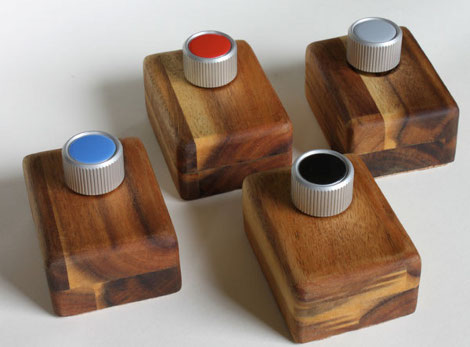![]()
Some researchers from Oxford University have come up with a way to produce high-speed video from a one mega-pixel camera. They’re calling the method Temporal Pixel Multiplexing. This method adds a digital micromirror device in line with the camera lens. These chips house over a million mirrors and can be found in home theater projectors. By placing one in front of the digital camera, a longer exposure can be used while the DMD redirects the light. This way, one high-resolution image actually contains multiple frames of lower-resolution video. The video is still decent quality and, at a far lower cost than common high-speed video equipment, this is a worthwhile trade off.
[Thanks Andrew via NewScientist]













